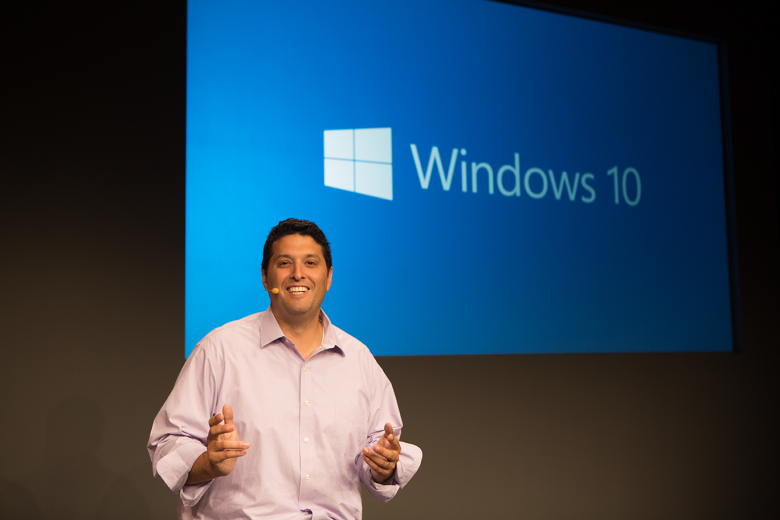HoloLens: Real life holograms unveiled as part of Microsoft's Windows 10
Holograms will use a wraparound headset to project images

Your support helps us to tell the story
From reproductive rights to climate change to Big Tech, The Independent is on the ground when the story is developing. Whether it's investigating the financials of Elon Musk's pro-Trump PAC or producing our latest documentary, 'The A Word', which shines a light on the American women fighting for reproductive rights, we know how important it is to parse out the facts from the messaging.
At such a critical moment in US history, we need reporters on the ground. Your donation allows us to keep sending journalists to speak to both sides of the story.
The Independent is trusted by Americans across the entire political spectrum. And unlike many other quality news outlets, we choose not to lock Americans out of our reporting and analysis with paywalls. We believe quality journalism should be available to everyone, paid for by those who can afford it.
Your support makes all the difference.Microsoft unveiled a new hologram platform today as part of its new operating system.
The feature will use a new holographic headset to overlay virtual images onto the real world — so that Skype conversations can pop up while people are working around, or a living room can be turned into a virtual landscape from a game.
The platform, Microsoft Holographic, and the headset were both revealed as part of the launch of Windows 10, Microsoft’s new operating system for tablets, phones and PCs.
The holographic software is built into Windows 10 already, the company said. Though Microsoft is working on its own hardware, the platform will also work for other virtual reality software like Oculus Rift and Google Glass.
Wired magazine had an early look at the kit, calling it “amazing” and praising the realism of the virtual images.
Onstage, a Microsoft executive built a virtual flying drone, which the company then showed could be 3D printed. Alex Kipman, who helped lead the project, called it “print preview for 3D printing”.
Users can wear the headset while moving around, and interact with virtual images using their hands.
The hologram kit has been under development for more than five years, it reported, and early versions of it were integrated into Microsoft’s Kinect.
Microsoft has been working with Nasa on the project, it said.
It will be available “in the Windows 10 timeframe”, Microsoft said. New operating systems are usually released every four to five years.
Join our commenting forum
Join thought-provoking conversations, follow other Independent readers and see their replies
Comments